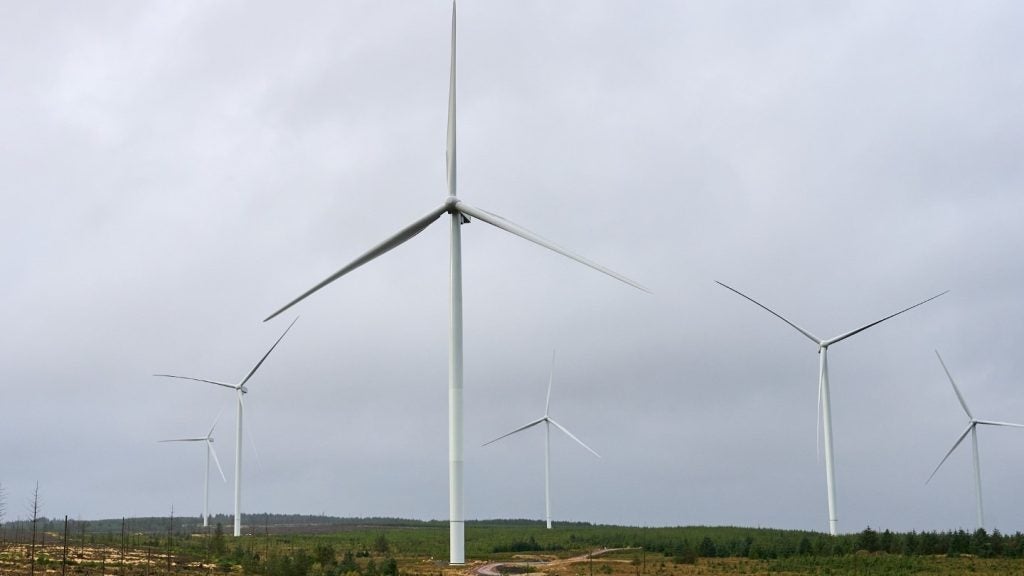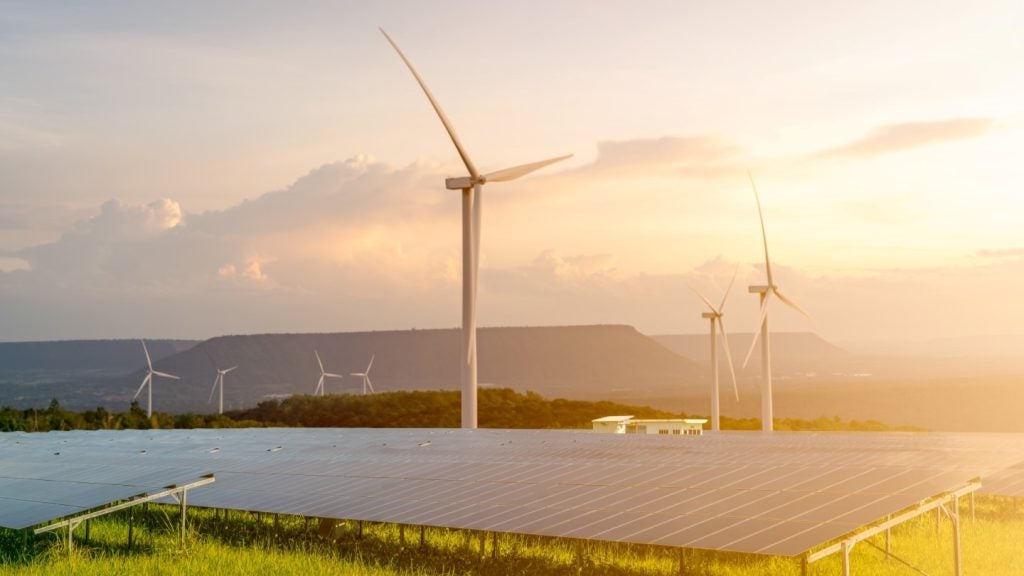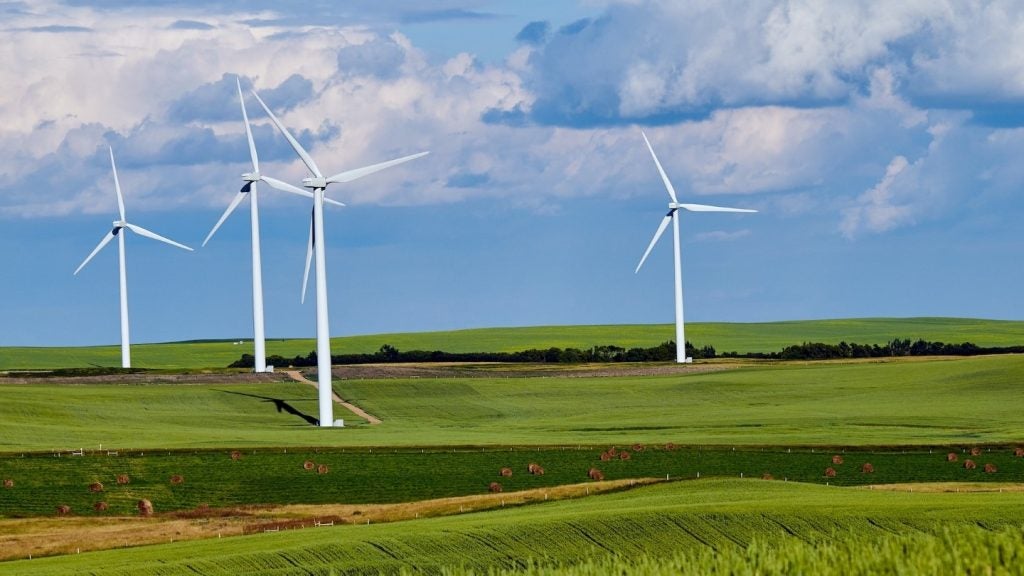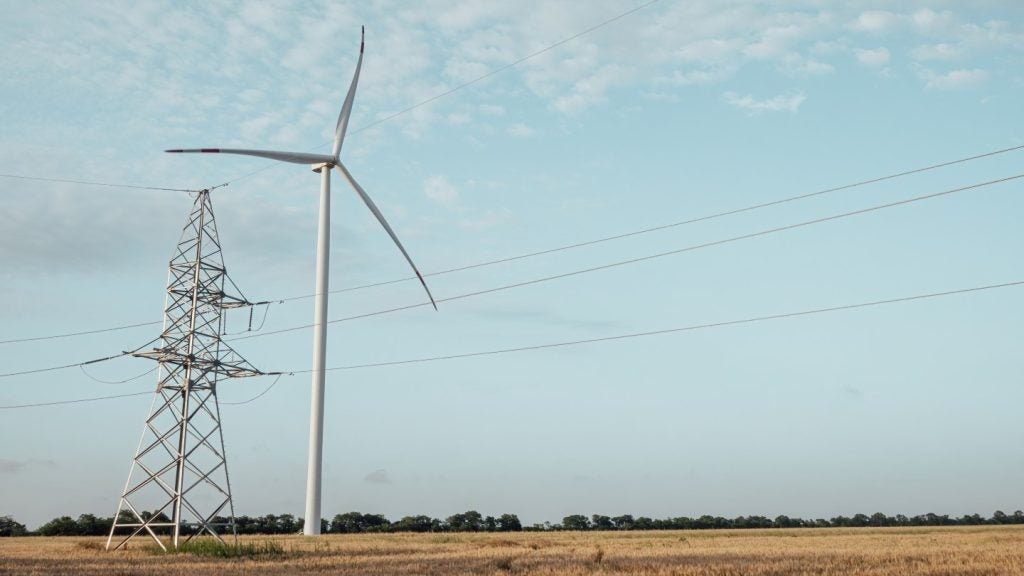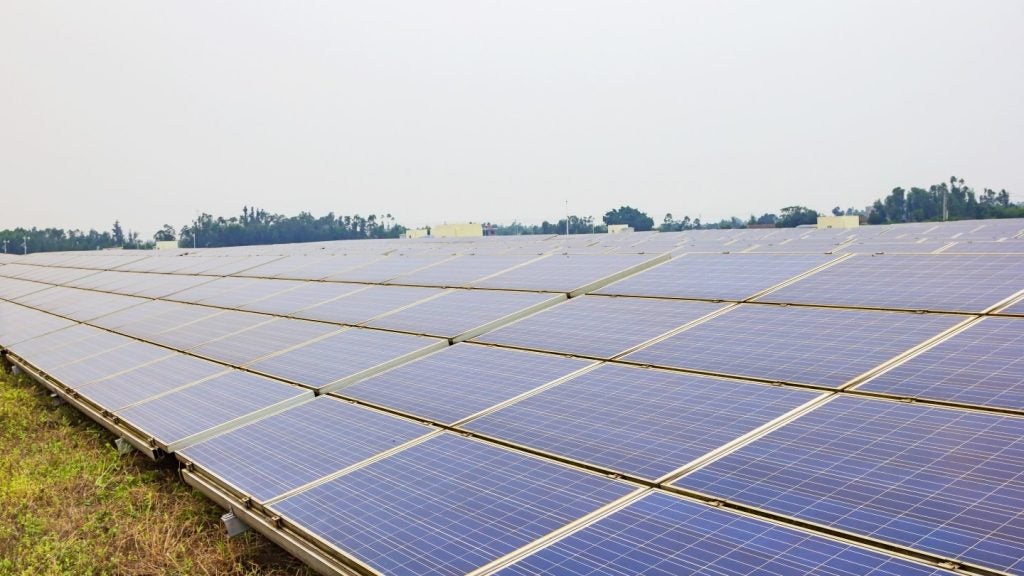The 50MW Longhill Burn wind farm in West Lothian, Scotland, which will meet up to 33% of UK retailer Sainsbury’s power requirements at peak capacity, has completed construction.
Owned by asset manager Capital Dynamics, the wind farm will supply 100% of its clean electricity to Sainsbury’s under a 15-year power purchase agreement (PPA).
The wind farm is expected to generate 150,000 megawatt-hours of clean energy annually. This will help to power the retailer’s stores, offices and depots across the UK.
The PPA fulfils Sainsbury's commitment to purchase renewable energy to support its 2035 goal for net-zero operations.
The wind farm is powered by eight turbines from Siemens Gamesa. At 200m tall with 76m-long blades, these are the largest onshore turbines to have been installed in the UK.
Each will have a maximum output of 6–6.4MW.
Sainsbury’s property, procurement and enterprise value ventures director Patrick Dunne stated: “We are very proud to be investing in this state-of-the-art, sustainable source of new wind power, featuring the largest, most cutting-edge onshore turbines available in the UK. Now it is completed, Longhill Burn Wind Farm can begin to realise its full potential, helping us take another massive step towards reducing our reliance on carbon.
“Sainsbury’s was the first UK retailer to start directly purchasing wind power for use in its estate back in 2008. Our commitment to the future of Longhill Burn Wind Farm, which both enabled its construction and guaranteed its long-term viability, builds on our proven track record of investing in sustainable technologies.”
Longhill Burn is the seventh wind project from which the company is now buying 100% of the energy, with an eighth site due to begin operation in 2024.
In March 2021, Capital Dynamics bought a 100% equity stake in the project from Energiekontor, with the latter continuing to offer operations and management services.


